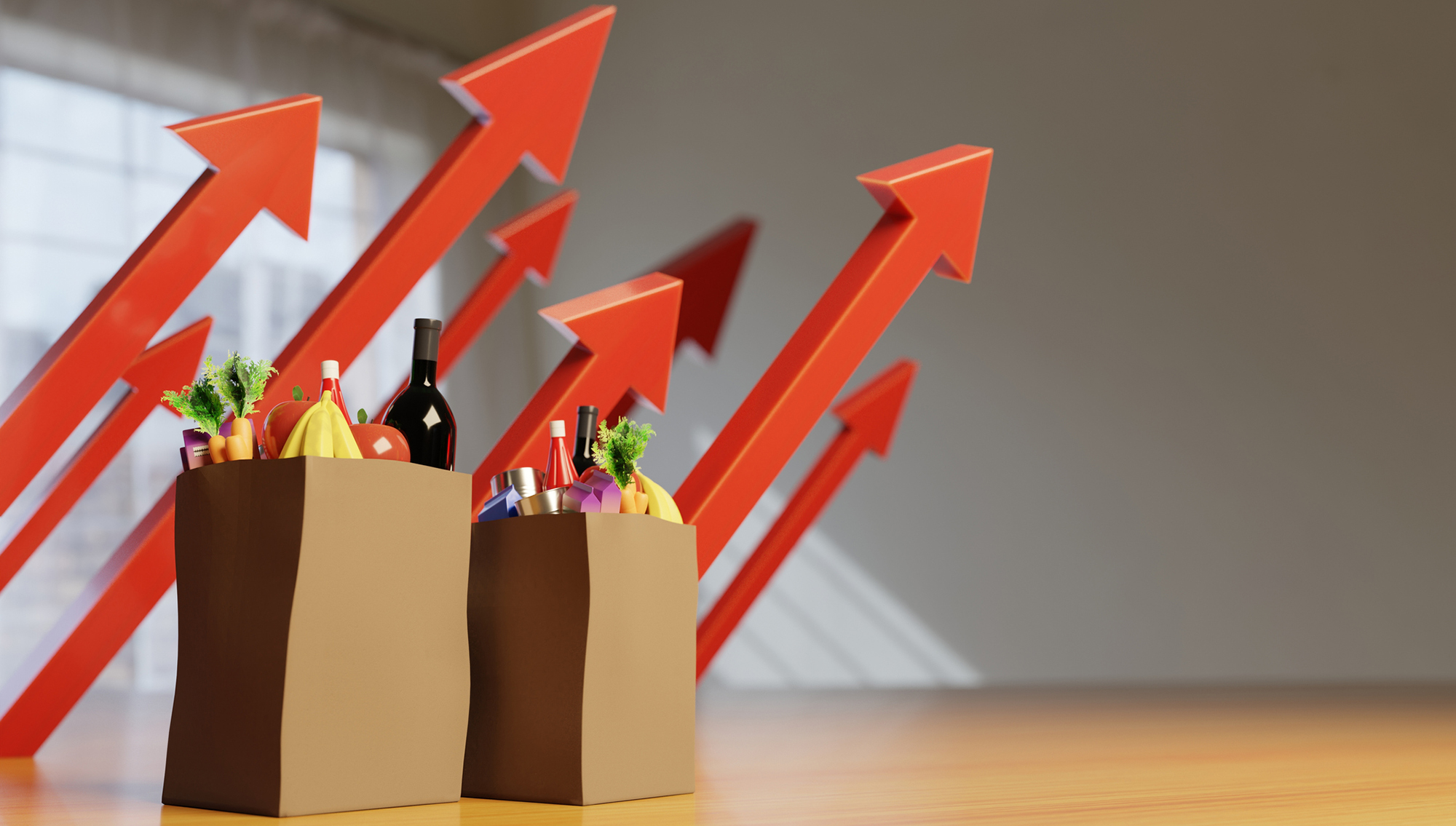South Africa’s consumer price index (CPI) surged to a 10-month high of 3.5% on an annual basis in July from 3.0% in June, with food, power and water prices key drivers behind the acceleration.
The numbers, unveiled on Wednesday, 20 August 2025 by Stats SA, coincided with another set published by BankservAfrica that showed declining salaries in July — a double data dose that suggests the cost-of-living crisis in South Africa remains.

And pointedly, this is the first CPI read since the South African Reserve Bank (Sarb) signalled in June that its de facto inflation target is now 3% rather than the “official” range of 3% to 6%.
“These numbers are slightly higher than the Sarb’s 3% inflation preference, which means monetary authorities have their work cut out to bring down inflation expectations,” Jee-A van der Linde, senior economist at Oxford Economics Africa, said in a note on the data.
Most economists still see inflation not exceeding about 4.0% this year — which would be comfortably within the “official” target range — and then slowing again.
But with 3% the Sarb’s real aim — at least, the strategy — is to anchor it there over the next couple of years. Even this relatively benign outlook could signal the end of the rate cutting party for now.
“We don’t expect further rate cuts this year. We are in the process of adjusting our forecast to incorporate the Sarb’s new inflation target,” Van der Linde told Daily Maverick.
Other economists also don’t see any further monetary easing this year.
“We do not see the Sarb easing again until July 2026, so this print does little to alter that view. The Sarb is targeting 3% inflation by end-2027. While headline inflation should keep rising to the year-end 2025, this was largely anticipated,” said Razia Khan, chief Africa economist at Standard Chartered Bank.
Municipal tariffs, which get an annual adjustment in July, were a big factor in the inflationary spurt.
“The main contribution came from the jump in electricity and water costs, which rose by 8.9% year-on-year and 7.1% year-on-year respectively in the annual survey,” noted Investec chief economist Annabel Bishop.
Food inflation also remains on the boil, hitting an 18-month high of 5.5% year-on-year in July from 4.7% in June.
Against the backdrop of a BankservAfrica survey that showed a 1.1% drop in nominal average take-home pay in July to R17,144 — which is almost 7% lower than February — this points to the cost-of-living crisis taking a bigger bite out of household incomes.
What this means for you
With wages and salaries stagnating or falling and inflation picking up pace again, the cost-of-living crisis is still casting a shadow over a barely growing economy. And no immediate interest rate relief is seen, with the Sarb setting its sites on a 3% inflation target. With food inflation at 18-month highs, many South African households will be struggling to make ends meet.
“The annual inflation rate for meat accelerated to 10.5% in July... On average, beef prices increased by 28.8% over the past 12 months and by 7.6% between June and July,” Stats SA said.
This is a consequence of the recent outbreak of foot-and-mouth disease that has hammered South Africa’s cattle industry. But agricultural economists maintain that there is light at the end of this tunnel.
Wandile Sihlobo, chief economist at the Agricultural Business Chamber, said the foot-and-mouth disease outbreak “... led to concerns about red meat supplies and some panic buying, thus temporarily pushing up prices. The slaughtering has now resumed in the major feedlots, and we continue to believe we may see easing in red meat prices.”
With the rugby braai season in full swing, beef lovers certainly hope that will be the case. DM
Click here to read more business articles.




 (Image: iStock)
(Image: iStock)